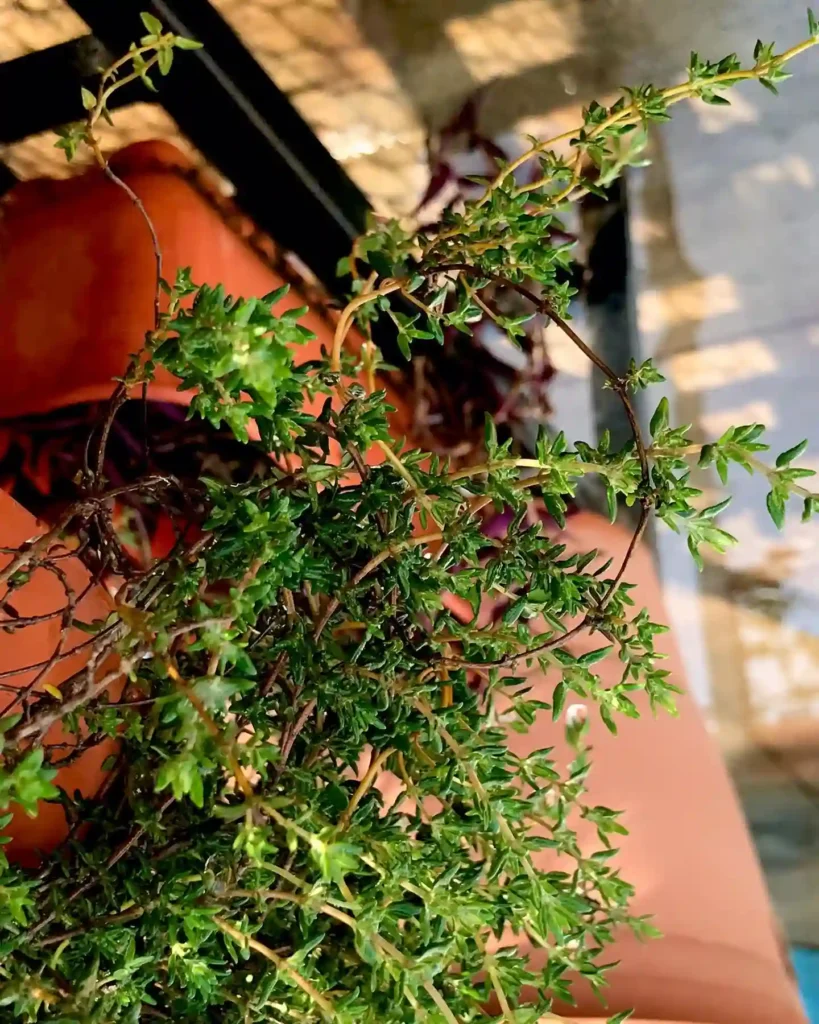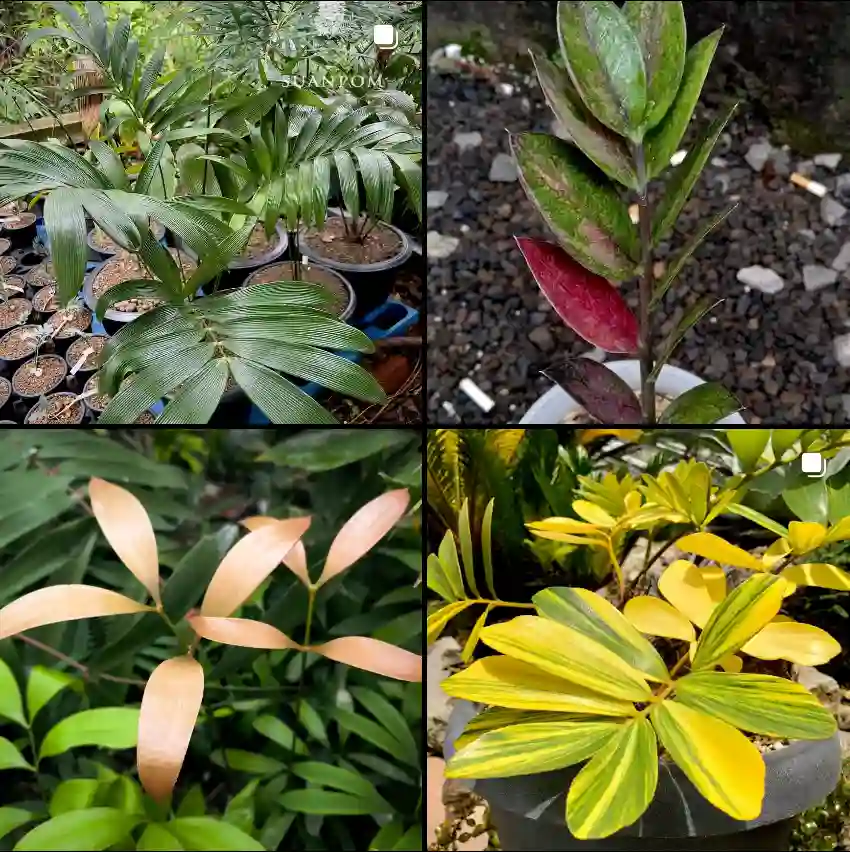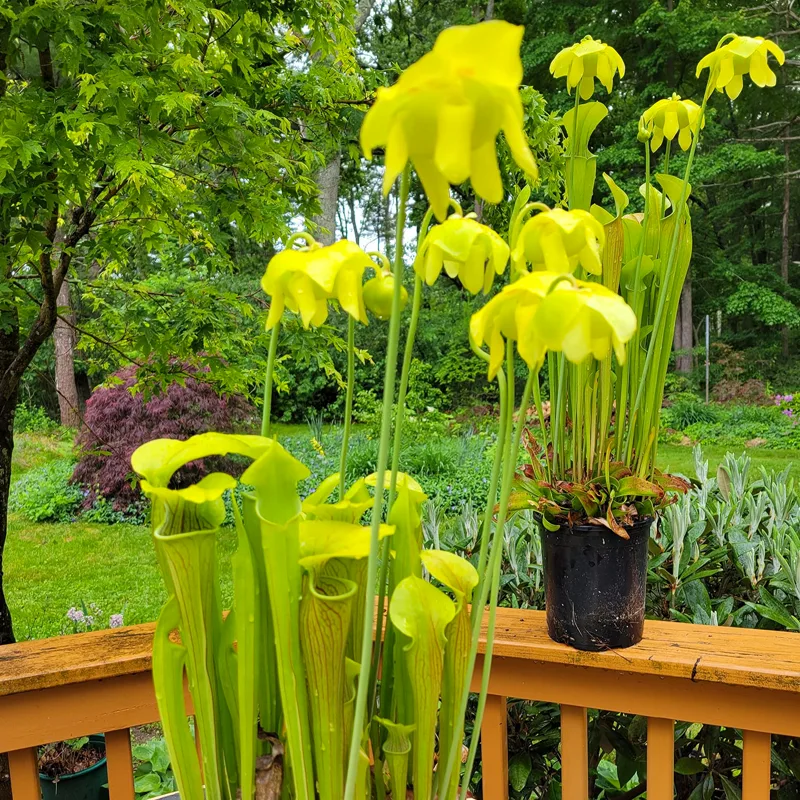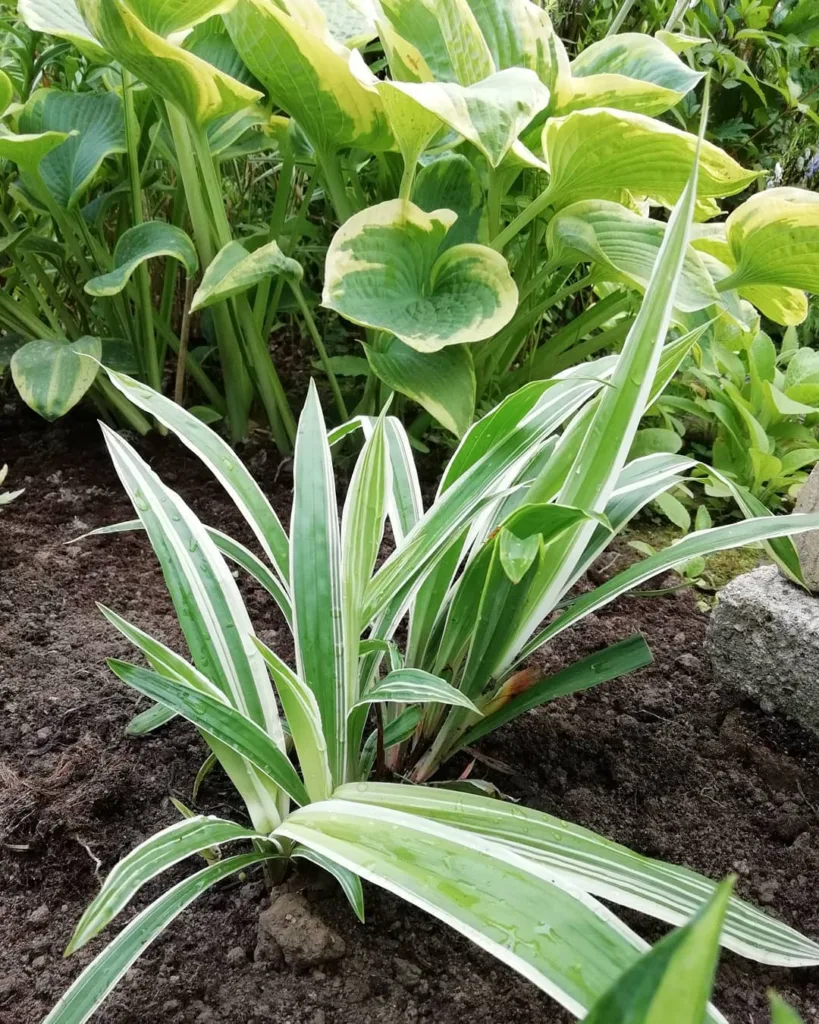My Fascination with the Montiaceae Family
As a plant enthusiast, I’m always on the lookout for unique and intriguing plant families. One group that has captured my attention is the Montiaceae, a family of flowering plants with a fascinating evolutionary history and a range of adaptations that allow them to thrive in diverse environments.
A Global Family
The Montiaceae family boasts a global distribution, with species found on every continent except Antarctica. They’re particularly abundant in the Southern Hemisphere, with hotspots of diversity in South America, Australia, and New Zealand. This wide range speaks to the family’s adaptability and its ability to colonize a variety of habitats.
Genera of Montiaceae
The Montiaceae family encompasses a number of genera, each with its own unique characteristics and ecological roles.
- Montia: This genus, which lends its name to the family, is characterized by its small, delicate flowers and its ability to thrive in moist environments.
- Lewisia: Native to North America, Lewisia species are known for their showy, rosette-forming leaves and their vibrant flowers. They’re often found in rocky, alpine habitats. – 17 Species in Genus Lewisia
- Claytonia: This genus includes both annual and perennial species, with a range of flower colors and growth habits. They’re commonly found in woodlands and meadows. – 33 Species in Genus Claytonia
- Calandrinia: These plants are known for their succulent leaves and their ability to tolerate drought conditions. They’re often found in arid and semi-arid regions. – 36 Species in Genus Calandrinia
- Calyptridium: A genus of annual or perennial herbs native to western North America, characterized by their small, white or pink flowers and fleshy leaves.
- Cistanthe: A genus of flowering plants found primarily in western North America and South America, recognized for their colorful, often four-petaled flowers and diverse growth habits.
- Erocallis: A monotypic genus represented by Erocallis triphylla, a small, annual herb native to Chile, with yellow flowers and trifoliate leaves.
- Hectorella: A monotypic genus consisting of Hectorella caespitosa, a cushion-forming plant endemic to New Zealand, with small, white flowers and fleshy leaves.
- Lenzia: A monotypic genus containing Lenzia chamaepitys, a small, annual herb native to South America, with yellow flowers and needle-like leaves.
- Lewisiopsis: A monotypic genus represented by Lewisiopsis tweedyi, a perennial herb native to western North America, with showy, white or pink flowers and fleshy leaves.
- Lyallia: A monotypic genus containing Lyallia kerguelensis, a cushion-forming plant endemic to the subantarctic Kerguelen Islands, with small, white flowers and fleshy leaves.
- Montiopsis: A genus of annual or perennial herbs found in North and South America, characterized by their small, white or pink flowers and often succulent leaves.
- Parakeelya: A genus of flowering plants native to Australia, with colorful, often papery flowers and diverse growth habits.
- Phemeranthus: A genus of flowering plants found in North and South America, known for their colorful, often ephemeral flowers and succulent leaves.
- Schreiteria: A monotypic genus represented by Schreiteria macrocarpa, a small, annual herb native to Argentina, with white flowers and succulent leaves.
- Thingia: A monotypic genus containing Thingia picta, a small, annual herb native to Chile, with white or pink flowers and succulent leaves.
Adaptations and Ecological Roles
Montiaceae plants exhibit a range of adaptations that allow them to thrive in diverse environments. Some species have succulent leaves for water storage, while others have deep roots to access moisture in dry soils. Many Montiaceae plants also have specialized flowers that attract pollinators, ensuring successful reproduction.
Ecologically, Montiaceae plants play important roles in their respective habitats. They provide food and shelter for a variety of animals, including insects, birds, and small mammals. They also contribute to soil stability and nutrient cycling.
My Personal Connection
I’ve always been drawn to the Montiaceae family because of its diversity and its ability to thrive in challenging environments. I find their adaptations fascinating, and I appreciate their ecological importance. I’ve even incorporated a few Montiaceae species into my own garden, where they add a touch of beauty and resilience.
Conservation Concerns
While the Montiaceae family as a whole is not considered threatened, some individual species are facing conservation challenges. Habitat loss, invasive species, and climate change are all posing threats to certain Montiaceae populations. It’s important to protect these plants and their habitats to ensure their continued survival.
A Family Worth Exploring
The Montiaceae family is a fascinating group of plants with a rich evolutionary history and a range of adaptations that allow them to thrive in diverse environments. Whether you’re a botanist, a gardener, or simply a lover of nature, the Montiaceae are a family worth exploring. Their beauty, resilience, and ecological importance make them a valuable part of our planet’s biodiversity.
If i die, water my plants!



